Feast of the Exaltation of the Holy Cross:
This feast was observed in Rome before the end of the 7th Century. It commemorates the recovery of the Holy Cross, which had been placed on Mount Calvary by St Helena and not forgetting St Macarius, the Bishop of Jerusalem..
About this great Feast:
https://anastpaul.wordpress.com/2017/09/14/feast-of-the-exaltation-of-the-holy-crosstriumph-of-the-holy-cross-14-september/
AND by St Augustine:
https://anastpaul.com/2020/09/14/feast-of-the-exaltation-of-the-holy-cross-14-september-let-me-not-boast-except-in-the-cross-of-our-lord-jesus-christ/
FEAST OF THE FINDING OF THE TRUE CROSS:
https://anastpaul.com/?s=the+finding+of+the+true+cross
AND:
If you would like to read St Macarius life:
https://anastpaul.com/2022/03/10/saint-of-the-day-10-march-saint-macarius-died-c-335/
Nossa Senhora de Nazaré / Our Lady of Nazareth, Portugal (1182) -14 September:
HERE:
https://anastpaul.com/2021/09/14/feast-of-the-exaltation-of-the-holy-cross-nossa-senhora-de-nazare-our-lady-of-nazareth-portugal-1182-and-memorials-of-the-saints-14-september/
St Aelia Flaccilla
St Albert of Jerusalem (1149-1215) also known as St Albert of Vercelli – Bishop, Canon Lawyer, Diplomat and Peacemaker and is regarded as a Co-Founder of the Carmelite Order.
Biography:
https://anastpaul.com/2018/09/14/saint-of-the-day-14-september-st-albert-of-jerusalem-1149-1214/
St Caerealis
Bl Claude Laplace
St Cormac of Cashel (c836-908) Bishop, King
St Crescentian of Carthage
St Crescentius of Rome
St Generalis of Carthage
St Giulia Crostarosa
St Jean Gabriel Taurin du Fresse
St Maternus of Cologne (Died c 325) Bishop, the first Bishop of Cologne and Founder of the Diocese of Tongeren, Germany. In Cologne and in his hometown of Trier, the faithful began to venerate him as a Saint. A popular cult of which the splendid 13th century stained glass windows in the Cathedral Chapel dedicated to his name, also testify. He was buried in the Cathedral of Cologne but the Cathedral of St Peter in Trier boasts a large Reliquary, which became and remains, a pilgrimage site.
Biography;
https://anastpaul.com/2021/09/14/saint-of-the-day-14-september-saint-maternus-of-cologne-died-c-325/
St Peter of Tarentaise O.Cist (1102-1174) Cistercian Monk, Archbishop of Tarentaise from 1141 until his death, Abbot, Apostle of Charity, Miracle-worker.
There are two Saints named Saint Peter of Tarentaise who lived one Century apart. The Saint we honour today, is the younger Peter, born in France in the early part of the 12th Century. The other Saint Peter if Tarentaise, became Pope Innocent V.
His Life:
https://anastpaul.com/2019/09/14/saint-of-the-day-14-september-saint-peter-of-tarentaise-o-cist-1102-1174/
Bl Pedro Bruch Cotacáns
St Rosula of Carthage
St Sallustia
St Victor of Carthage

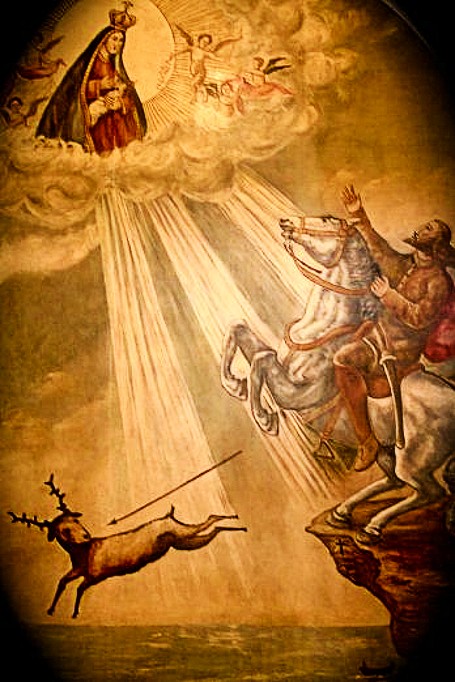





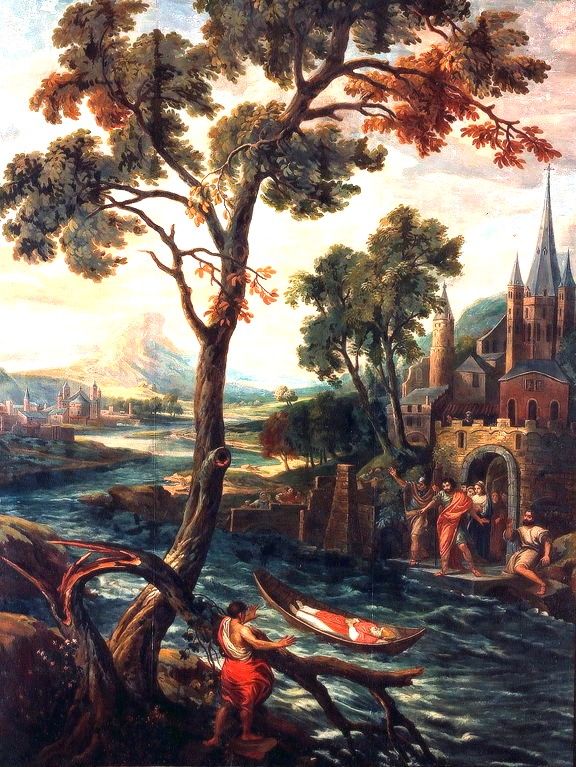
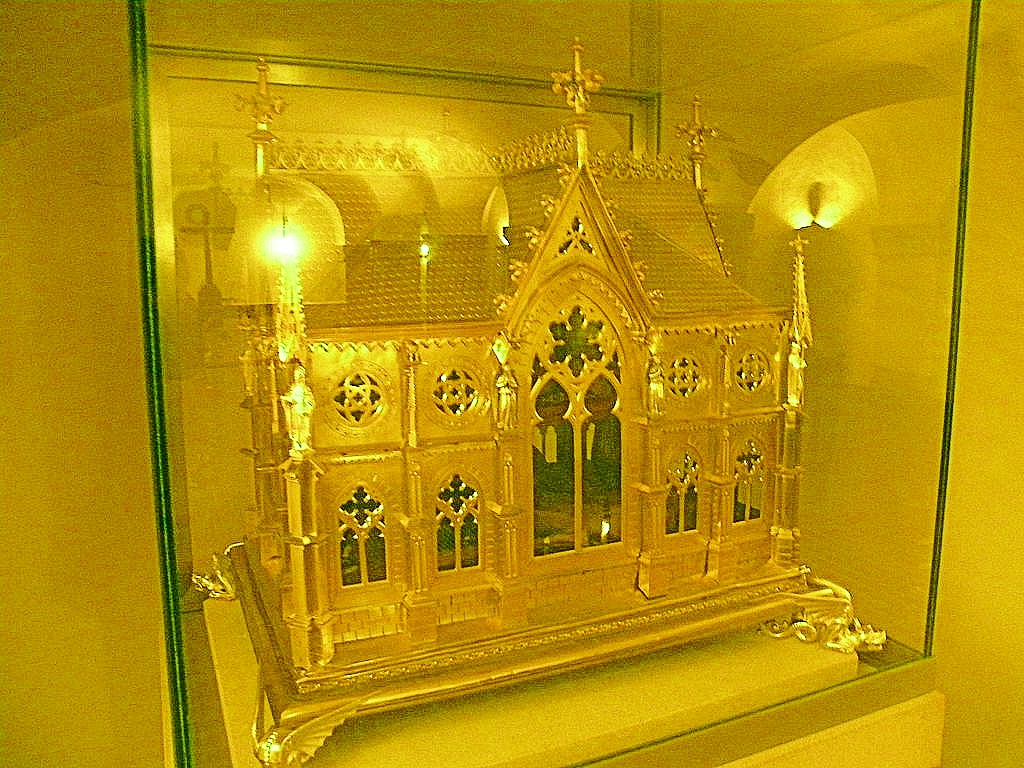

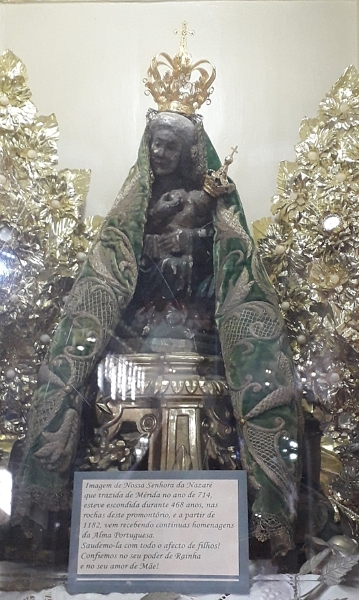

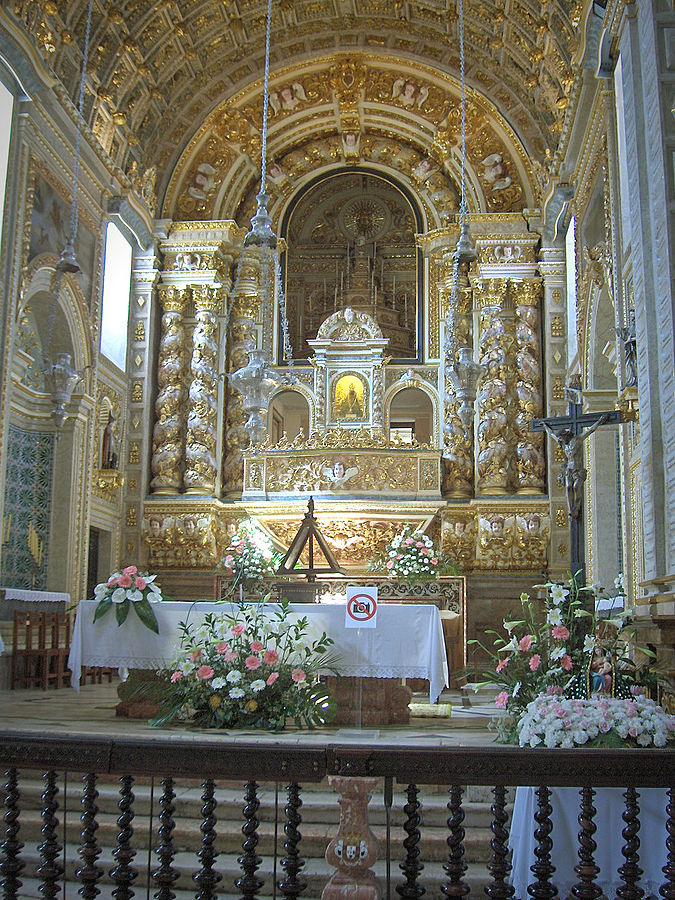
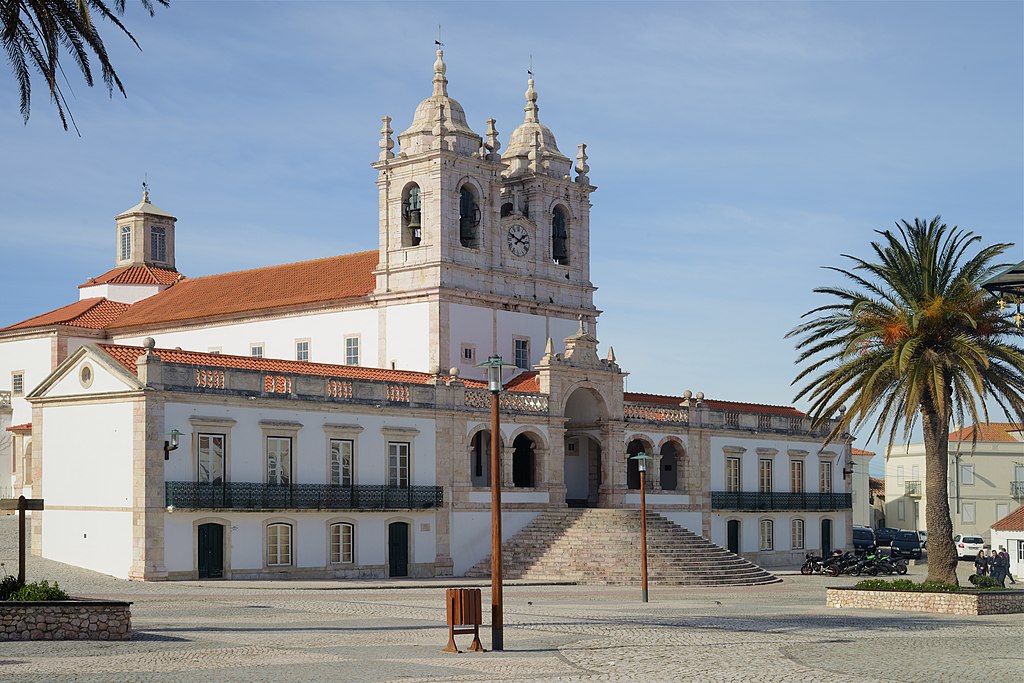

You must be logged in to post a comment.